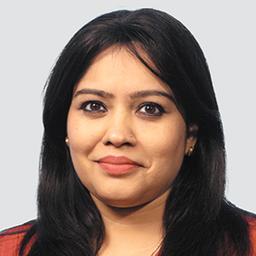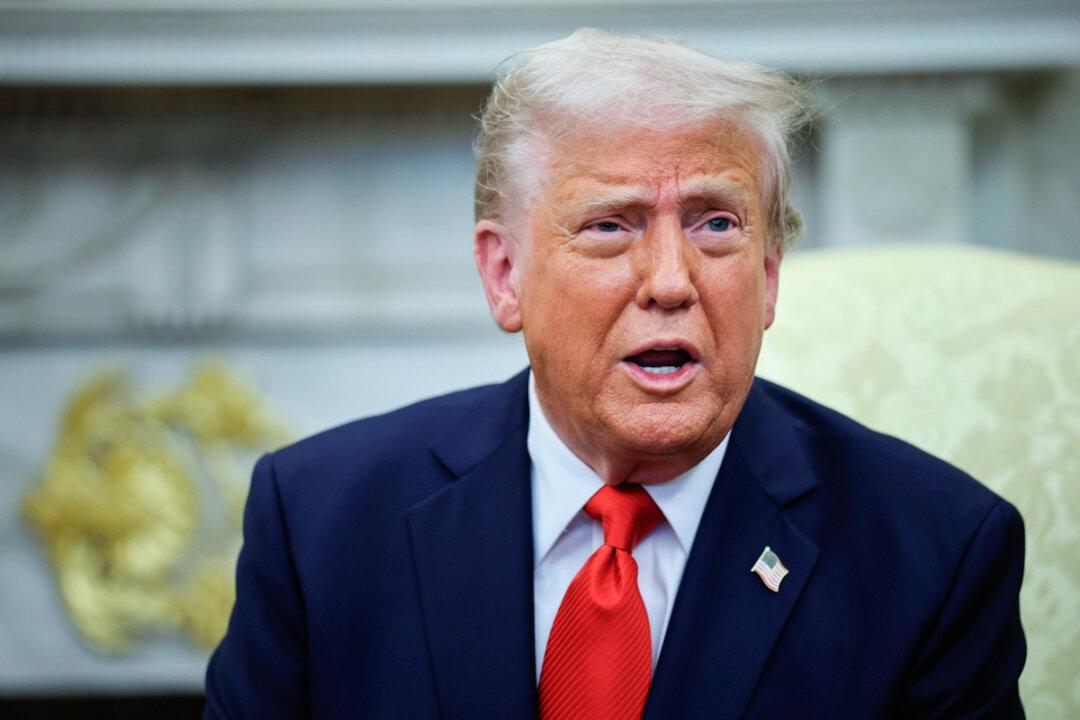As Australia trundles through its 2025 federal election campaign, Western Sydney continues to shape as one of the more intriguing and consequential electoral battlegrounds.
The fast-growing region, which suffered prolonged lockdowns during the pandemic, is now one of many ground zeroes for Australia’s cost of living crisis.
Nearly 7 percent of Western Sydney’s 143,000 businesses are slated to shut down in the next 12 months—faster than the rest of the nation—largely due to customers tightening their purse strings, according to CreditorWatch.
Once a stronghold of the Labor Party—holding 10 of its 14 federal electorates—the area is showing signs of instability.
Labor-held seats like Werriwa, Reid, Bennelong, and Parramatta are on margins under 6 percent, while others face pressure from independents and grassroots movements.

Greater Western Sydney’s near-3 million residents account for 10 percent of the nation’s vote.
It’s a sprawling, complex region covering the key growth corridors of Sydney with young families often “moving out west” to find more affordable real estate.
It is also demographically and ethnically diverse, home to working class and low socio-economic pockets, to the wealthier north-west Hills District, alongside ethnic enclaves comprised of Chinese, Vietnamese, Indian, and Middle Eastern communities.

The Key to Kirribilli
According to Professor Andy Marks, executive director of the Centre for Western Sydney, the region’s decision at the ballot box will offer a preview of Australian elections for decades to come.“How Western Sydney decides at this election will be a window to elections over coming decades,” he wrote.
The Centre has identified six key battleground seats that may ultimately determine who governs after the 2025 election—Fowler, Macarthur, Macquarie, Reid, Parramatta, and Werriwa.
“If Labor holds its seats, it will go a long way toward ensuring that they do not become the first one-term federal government since 1931,” Professor Marks said.
“But if Western Sydney swings, it could provide the momentum Peter Dutton needs to be swept into power. These seats in Western Sydney will be central to deciding the Albanese government’s fate.”
Several cabinet ministers also hail from the area including Tony Burke (home affairs minister), Chris Bowen (energy minister), and Jason Clare (education minister).

Western Sydney Businesses Failing Faster Than Anywhere Else
Yet the Labor government faces a big challenge, the manufacturing and industrial heartbeat of Western Sydney is faltering under the weight of inflation.CreditorWatch’s March Business Risk Index shows the region performed the worst nationally for business closures—with six of the top 10 highest-risk areas.
They include Bringelly-Green Valley (8.6 percent), Merrylands-Guildford (8.1 percent), Canterbury (7.7 percent), Auburn (7.7 percent), and Bankstown (7.2 percent)—the top 10 are rounded off by three regions in the tourism-heavy Gold Coast and one in Melbourne.
However, when other states are excluded the situation in Western Sydney looks dire compared to the rest of New South Wales, with Liverpool (7.2 percent), Blacktown (6.87 percent), Penrith (6.76 percent), Wollondilly (6.68 percent), Strathfield-Burwood-Ashfield (6.32 percent), Kogarah-Rockdale (6.30 percent), and Parramatta (5.57 percent) all featuring at the top.
Over the past 12 months, business failure rates have outpaced the national average of 5.3 percent. Most of these regions overlap heavily with Labor-held electorates.

CreditorWatch attributes the situation to the high concentration of small businesses with limited cash buffers trying to deal with a confluence of skyrocketing commercial rents, wage hikes, power bill increases, and dwindling consumer demand due to cost-of-living pressures.
“Western Sydney carries the weight of this state’s economic future—and yet under Labor, it’s been treated with contempt,” said NSW Opposition Leader Mark Speakman, in reference to the state government.
Right Wing Concerns vs Cost of Living
While the political debate has, in recent weeks, shifted to issues like the Coalition’s work-from-home policy, and comparisons between Peter Dutton and U.S. President Donald Trump—cost of living likely remains the number one motivation for voters.“There are many voters in Western Sydney who earn an income that once guaranteed home ownership, financial security and family life, that are now struggling to make ends meet,” said Tom Nance from the Centre for Western Sydney.
“Cost of living, housing affordability and immigration will be the issues that define this election, which for many will be viewed as a referendum on which party they believe can help them seize their slice of the Great Australian Dream.”

Prameshwar Kumar, who moved to Parramatta from Canberra in 2024 had hoped to find a better lifestyle, but admits he is now struggling.
“I had thought Sydney would offer better opportunities, but so far it’s been a struggle,” he told The Epoch Times, adding that nearly 40 percent of his earnings goes toward rent.
Labor Facing Its Own ‘Teal’ Moment?
While economic stress is the major driver, Labor’s stance on the Israel-Gaza conflict is threatening its left political flank and long-standing support from Muslim Australians.According to the 2016 census, 59.2 percent of residents in Lakemba identified as Muslim.
In the 2019 election, Labor’s vote in booths across Lakemba reached over 75 percent. In the seat of Watson (held by Minister Tony Burke), which includes Lakemba, Greenacre, and Punchbowl, Muslims make up 23.4 percent of the population.
But that loyalty is being tested.
Independents like local doctor Ziad Basyouny and pharmacist Ahmed Ouf are challenging sitting ministers Burke and Clare, backed by The Muslim Vote—a lobby group that claims Labor is not taking a hard enough stance against Israel in its response to the Gaza war.

While these independents may not win, their presence could siphon enough votes to tip the balance in tight contests.
Burke, the incumbent in Watson, is facing direct backlash. Burke holds the seat with a margin of 13.5 percent, and won 65.1 percent of the primary vote in 2022 (after preferences).
“I’ve fought racism and bigotry my entire career,” he said, pointing to his leadership of the Walk for Respect in Lakemba during the Coalition’s proposed changes to racial discrimination laws.
The Albanese government’s diplomatic recognition of Palestinian sovereignty via a United Nations vote has not been enough to quell unrest.







